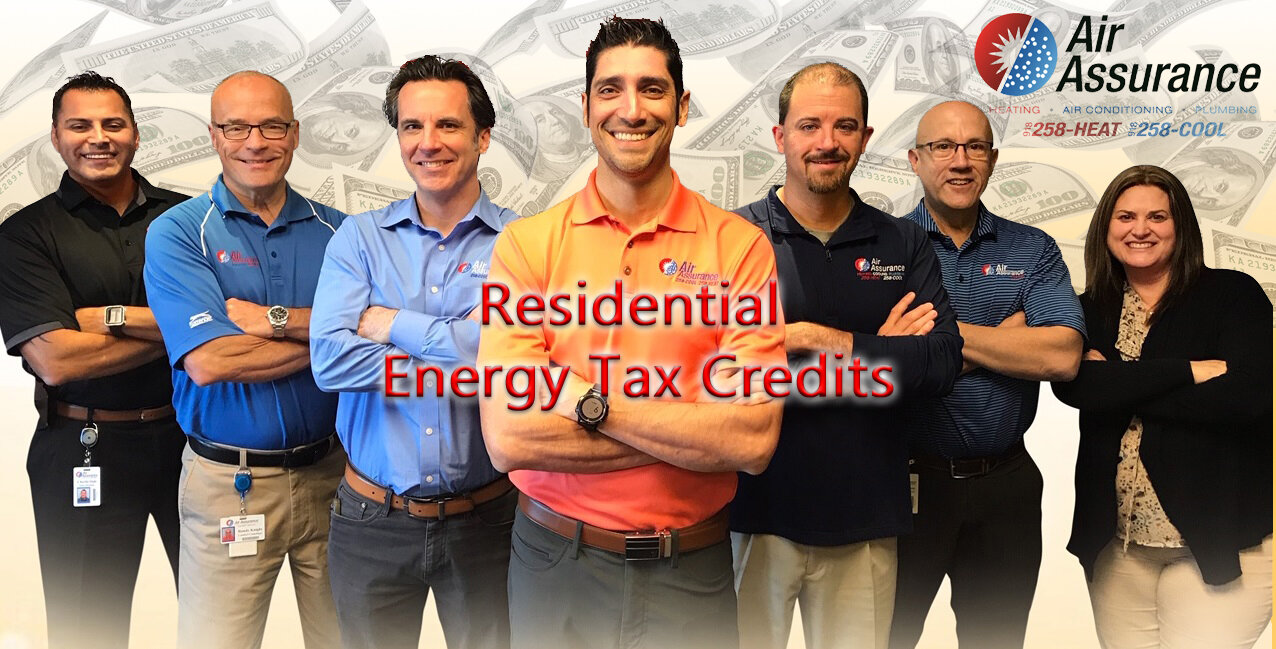Heating systems generally last 10 to 20 years before they need to be replaced. However, factors like frequency of repairs, overall condition, and maintenance history also come into play and may necessitate a replacement sooner. When exploring replacement options, the numerous models available can make choosing the best one a large task. Here are some of the best options available at the moment that are worth considering when buying a new heater:
Lennox Signature Series — The heating systems in this series have efficiency ratings that are as high as 98.7 percent AFUE (Annual Fuel Utilization Efficiency). They also come with excellent climate control features and a lifetime warranty on the extremely important heat exchanger.
Carrier Infinity — This is Carrier's flagship lineup. It comprises a wider range of models than most brands. The heat pumps have HSPF (Heating Seasonal Performance Factor) ratings ranging from 8.5 to as high as 13.0.
Trane XR — The lineup stands out due to the relative affordability and durability of its products. It offers a decent range of efficient options.
American Standard Platinum — This is American Standard's best series of heating and cooling equipment. The products come with premium control features, quiet operation, and lifetime heat-exchanger warranties.
Goodman GMS and GSX/GSZ Series — These series have some of the best value furnaces and heat pumps available. Despite their comparatively low price, they offer good warranties. In fact, some furnace models qualify for a complete replacement if they fail within 10 years.
Daikin VC/MC Series — This dependable Daikin product lineup features energy-saving motors and warranties that are longer than those of most comparable brands.
Whatever the system you choose from the brands we've listed above, you're sure to get durability and reliable performance. If you have any more questions about buying a new heater, contact us at Air Assurance. We help homeowners in the Broken Arrow area choose and install the right heating and cooling systems for their homes.









